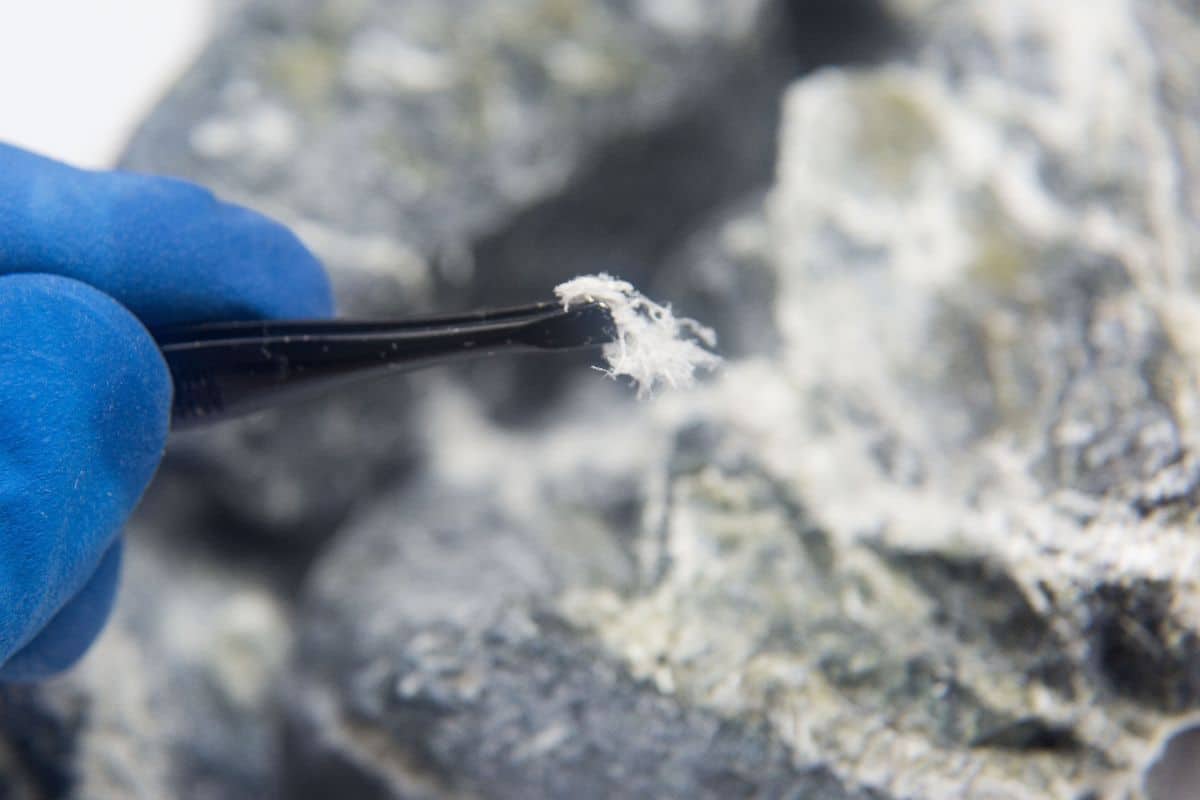Asbestos insulation once dominated homes and buildings across America due to its remarkable heat resistance and durability. Today, identifying this hazardous material is crucial for homeowners and professionals alike. Knowing what asbestos insulation looks like can help you take appropriate safety measures before disturbing potentially dangerous materials during renovations or repairs.
Identifying characteristics of asbestos insulation
Asbestos insulation typically appears in several distinct forms, each with unique visual properties. The most common type found in older buildings is loose-fill asbestos insulation, which resembles fluffy, gray-white material with a cotton-like texture. This form was frequently installed in attics and wall cavities between the 1930s and 1970s.
Another common form is pipe wrap insulation, which appears as white or gray corrugated paper wrapped around pipes. The material often has a cardboard-like texture and may be covered with cloth or paper jacket. In many cases, this insulation becomes brittle and damaged over time, making it particularly dangerous when disturbed.
Block insulation, sometimes called asbestos cement insulation, has a dense, rigid appearance with a chalky white or gray color. It was commonly used around boilers, furnaces, and water heaters. This type resembles concrete but is much lighter in weight and can be easily damaged when handled.
When examining potential asbestos materials, look for these telling signs:
- Age of installation (pre-1980s buildings have higher likelihood)
- Fibrous, fuzzy appearance
- Dimpled or corrugated surface texture
- White, gray, or sometimes bluish coloration
- Paper-like or cardboard-like wrapping
Asbestos was also commonly used in household fixtures and plumbing systems including around toilets and water pipes, where its water-resistant properties were valued. Identifying these materials requires careful inspection without disturbing them.
Common locations of asbestos insulation in buildings
Asbestos insulation wasn’t installed randomly—it served specific purposes in particular locations throughout buildings. Understanding where to look can help you identify potential hazards without unnecessary exposure.
The attic represents one of the most common locations for loose-fill asbestos insulation. This material appears as fluffy, gray-white substance spread across the attic floor. Unlike modern insulation, asbestos loose-fill doesn’t have a uniform appearance and often looks unevenly distributed.
Basement areas, particularly around boilers and furnaces, frequently contain pipe and boiler insulation made from asbestos. These materials typically appear as white or gray wrapping around pipes or as block insulation on heating equipment. The surface may show signs of deterioration, with visible fibers or dust around damaged areas.
Wall cavities in older homes may contain asbestos insulation that resembles grayish, loose material. This is particularly common in homes built between 1930 and 1950. Unlike modern insulation materials that often have bright colors or consistent texture, asbestos wall insulation typically has a more irregular, fibrous appearance.
HVAC systems in older buildings might have ducts wrapped in asbestos insulation tape or paper. This material appears as white or gray wrapping with a fabric-like texture. Many homeowners are surprised to discover that their heating and cooling systems may contain these hazardous materials, making professional assessment important.
Crawl spaces and unfinished areas often contain exposed asbestos insulation that appears as deteriorating white or gray material. The Environmental Protection Agency (EPA) recommends professional inspection of these areas in homes built before 1980.
Differentiating asbestos from other insulation materials
Modern homeowners may struggle to distinguish asbestos from safer insulation materials. Fiberglass insulation, which replaced asbestos in many applications, has a distinctly different appearance with uniform pink, yellow, or white coloring and a more consistent texture. Unlike asbestos, fiberglass typically comes in batts or rolls with paper backing.
Cellulose insulation, made from recycled paper products, has a gray-brown appearance and more uniform texture than asbestos. While both materials may be used as loose-fill insulation, cellulose lacks the fibrous, fuzzy appearance characteristic of asbestos.
Rock wool insulation (also called mineral wool) can more closely resemble asbestos with its fibrous appearance. However, rock wool typically has a more uniform structure and comes in batts or rolls rather than loose form. The coloration tends toward brown or dark gray rather than the white-gray of asbestos.
When examining suspicious materials, remember that visual identification alone is not definitive. Professional testing provides the only certain method to identify asbestos. If you’re creating environmentally friendly spaces in older buildings, professional assessment should precede any renovation work.
The age of a building provides important context for insulation identification. Materials installed:
- Before 1920: Likely pure asbestos insulation
- 1920-1950: High probability of asbestos content
- 1950-1980: Decreased but still significant asbestos use
- After 1980: Minimal risk of asbestos insulation
Many homeowners investigating their insulation also discover other household materials like kitchen materials and storage solutions that might contain asbestos, particularly in vintage homes built before the 1980s.
Safety measures when encountering potential asbestos
If you suspect you’ve identified asbestos insulation, taking proper precautions becomes essential. Never disturb suspected asbestos materials by touching, moving, or attempting to remove them yourself. Even minor disturbance can release dangerous fibers into the air.
Contact a certified asbestos inspector to evaluate suspicious materials. These professionals can safely take samples and conduct laboratory testing to confirm the presence of asbestos. The EPA and state environmental agencies maintain lists of certified inspectors.
While awaiting professional assessment, minimize activity near suspected areas. If the material appears damaged or deteriorating, consider temporarily sealing off the area to prevent fiber circulation. Simple measures like closing doors and turning off HVAC systems can reduce potential exposure.
Remember that asbestos becomes dangerous primarily when disturbed. Intact, undamaged asbestos insulation generally poses minimal risk compared to friable (easily crumbled) materials. Document any suspected asbestos with photographs from a safe distance to share with professionals.
If renovation plans involve areas with potential asbestos, adjust your timeline to accommodate proper testing and potential remediation. The health risks associated with improper handling far outweigh any convenience gained by rushing the process.

